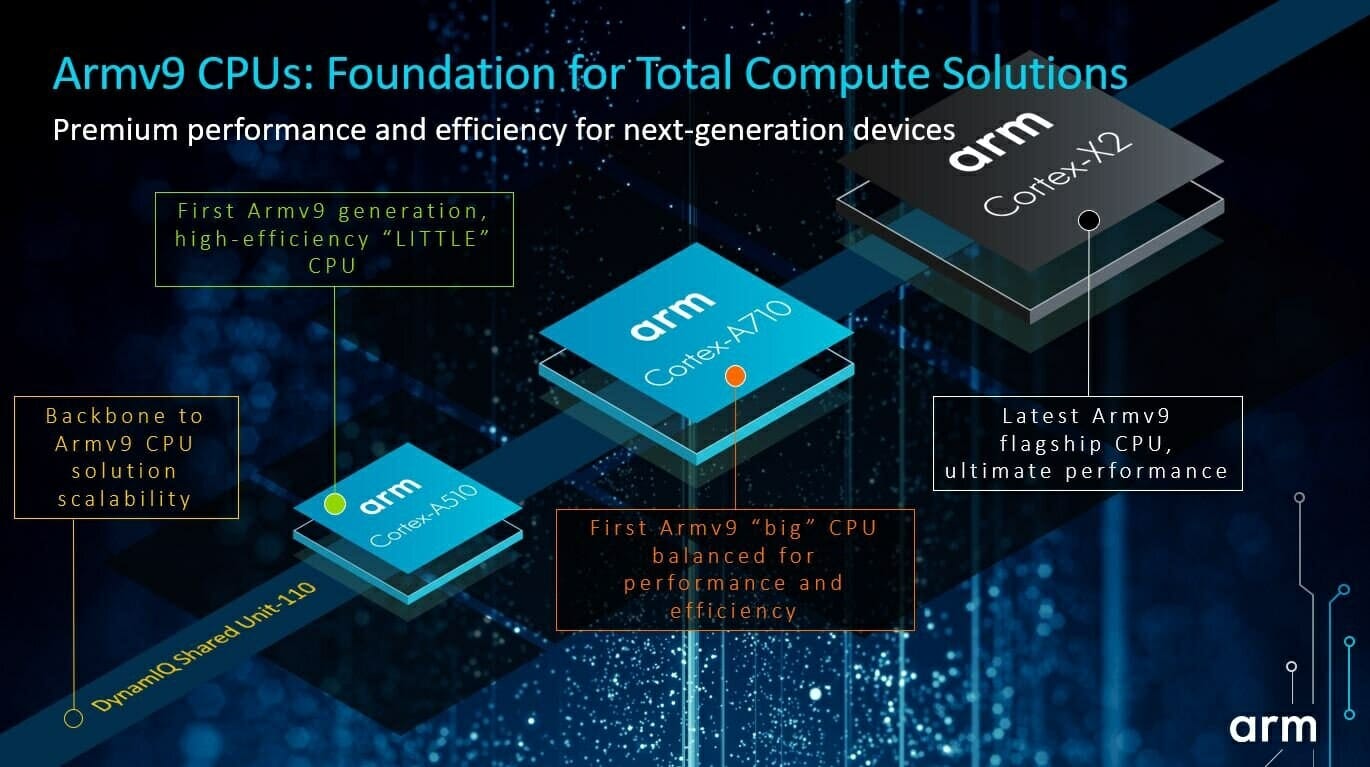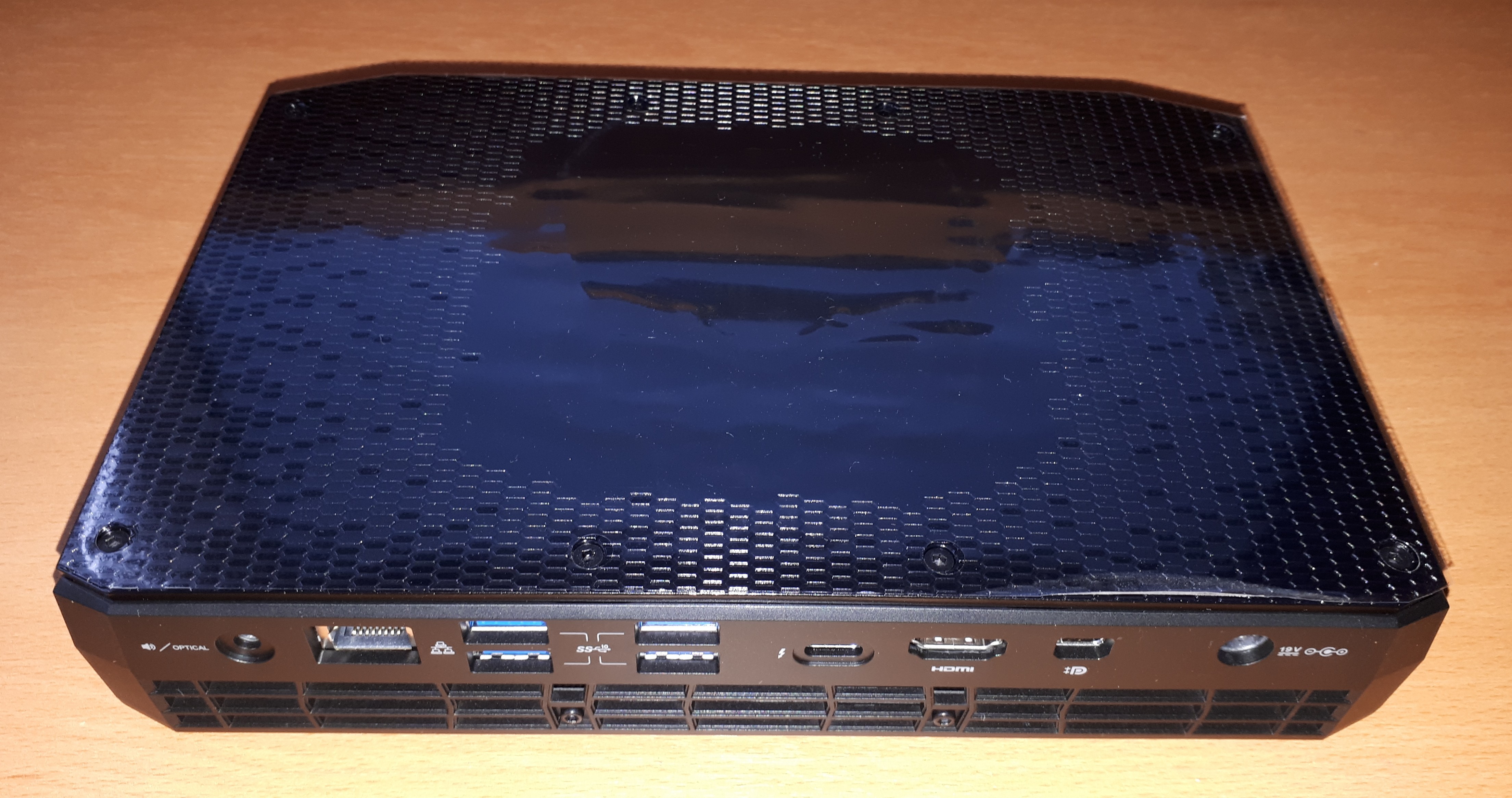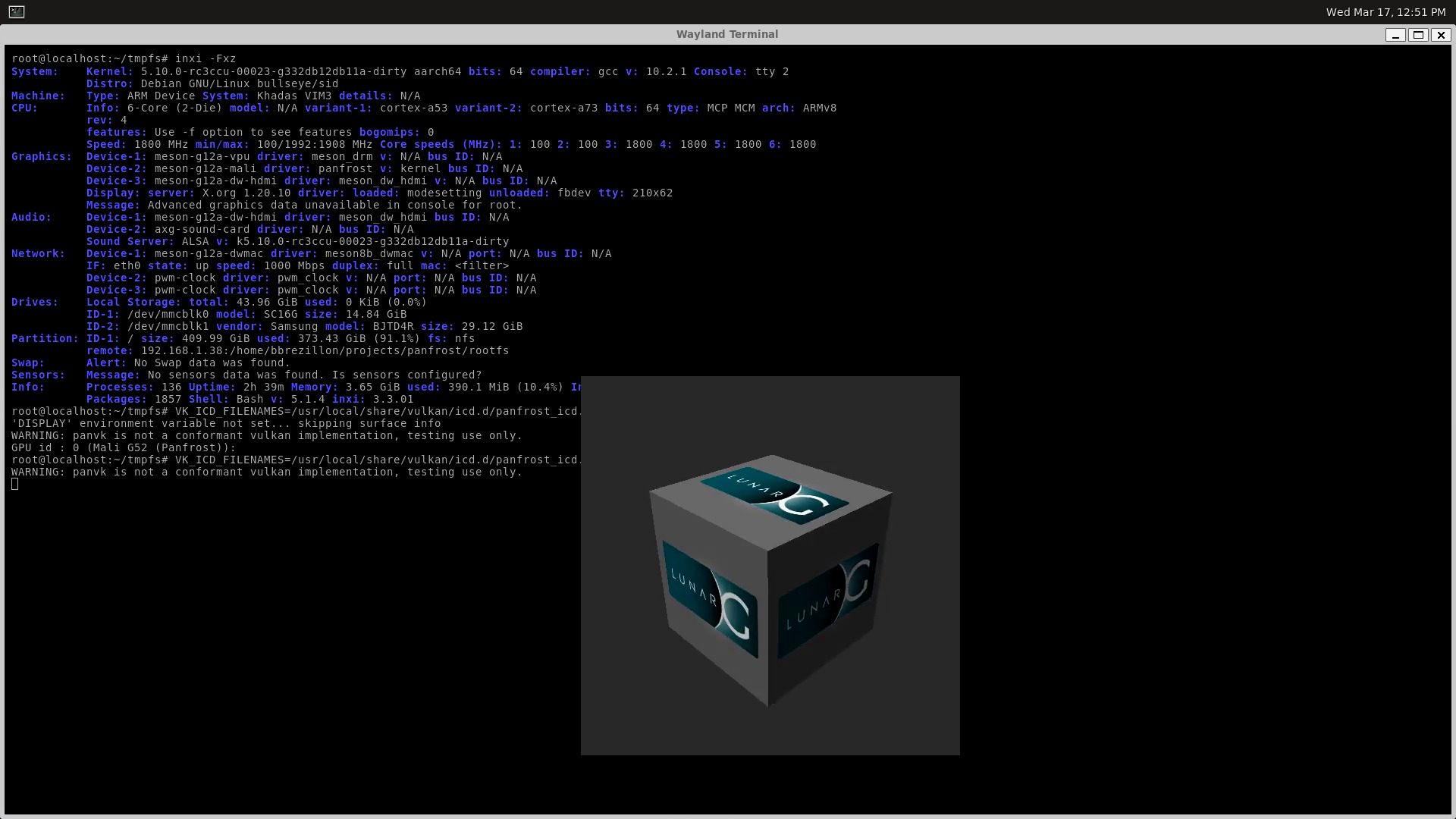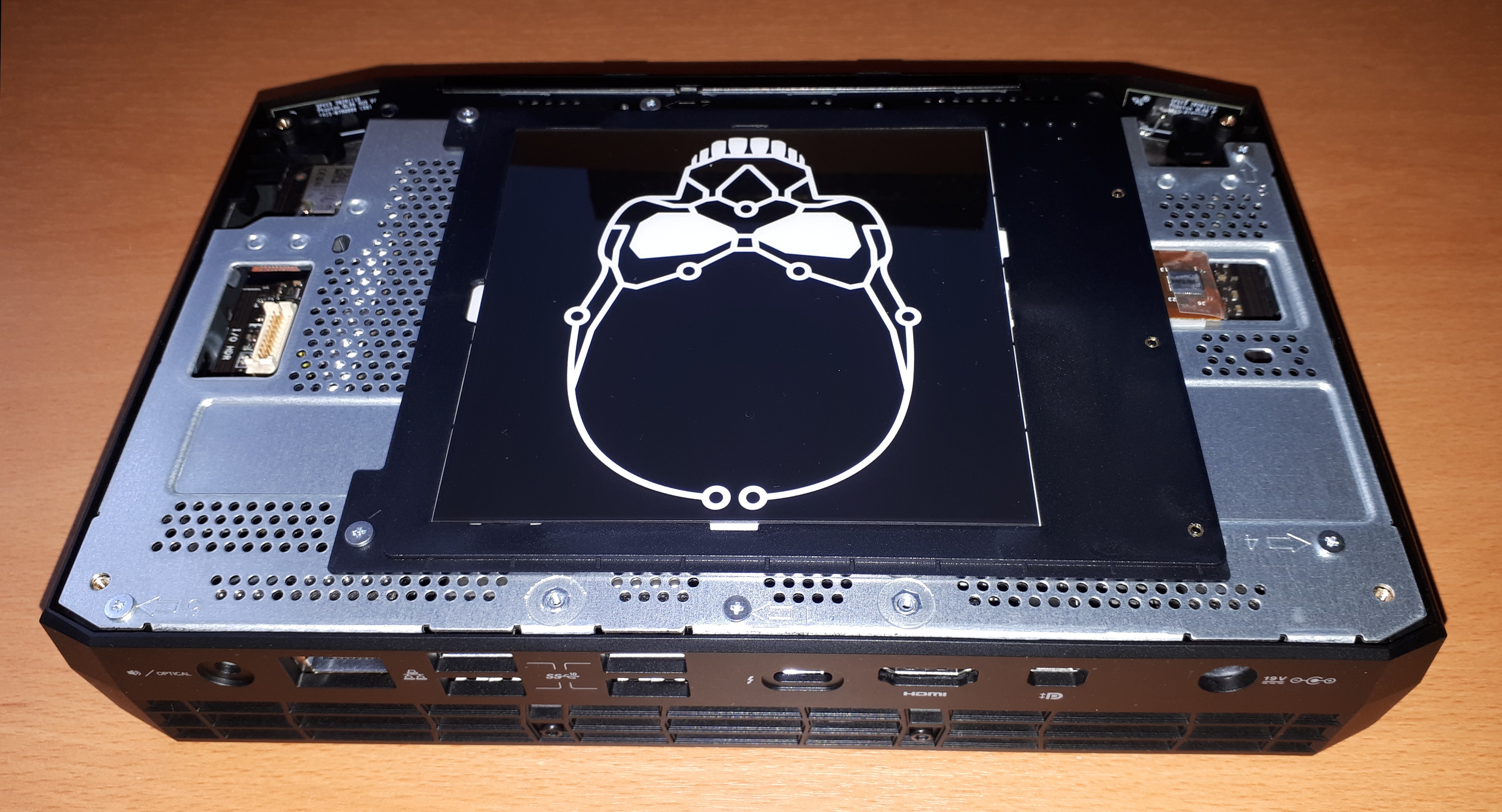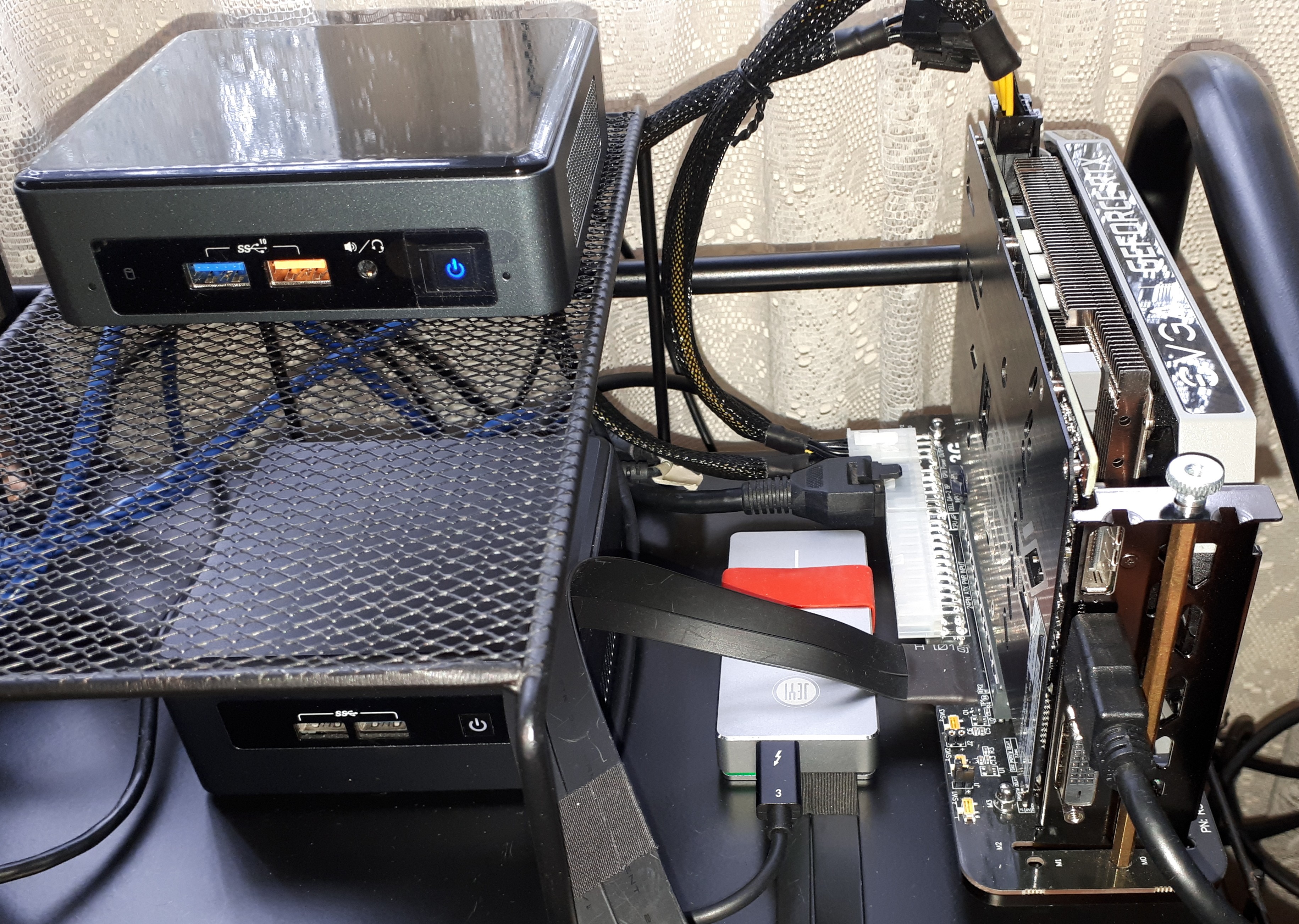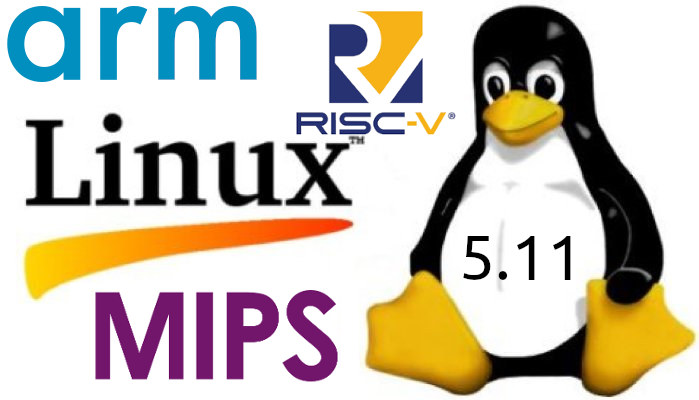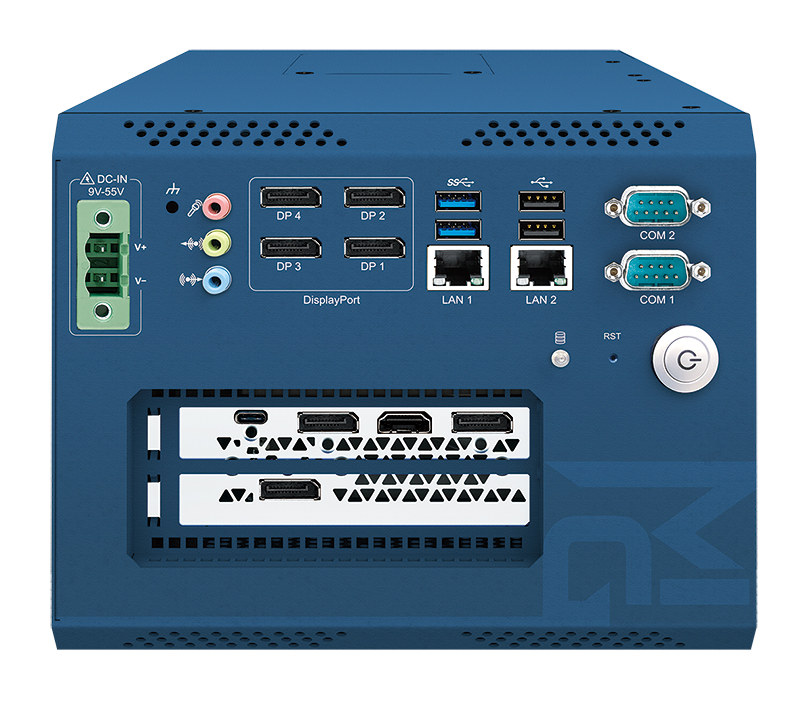Armv9 architecture was announced in Q1 2021, building upon Armv8 but adding blocks and instructions for artificial intelligence, security, and “specialized compute”, i.e. hardware accelerators or instructions optimized for specific tasks. The company has now introduced the first three Armv9 cores with Cortex-X2, Cortex-A710, and Cortex-A510 cores, providing updates to respectively Cortex-X1, Cortex-A78, and Cortex-A55 cores. The company calls those new cores “Arm Total Compute solutions”. Arm Cortex-X2 flagship core is the company’s most powerful CPU so far with 30% performance improvements over Cortex-X1 and will be found in premium smartphones and laptops. Arm Cortex-A710 “big” CPU core provides a 30% energy efficiency gain and 10% uplift in performance compared to Cortex-A78, while Arm Cortex-A510, high efficiency “LITTLE” Armv9 core delivers up to 35% performance improvements and over 3x uplift in ML performance compared to Cortex-A55 announced four years ago, or about the same performance as the “big” Cortex-A73 cores […]
Linux and Memory Performance on an Intel NUC 11 Enthusiast Phantom Canyon NUC11PHKi7C
I’ve already looked at Windows performance on the NUC11PHKi7C Enthusiast Phantom Canyon which is Intel’s latest NUC 11 flagship product specifically targeting gamers as it includes an NVIDIA RTX 2060 GPU. Now it is the turn of Linux and like before I will compare performance against Intel’s previous NUC with a discrete GPU: the NUC 9 Extreme Ghost Canyon. I will also briefly revisit Windows performance by looking at the impact of using 3200MHz memory as opposed to the 2400MHz used during the previous review. Hardware Overview As a reminder, the NUC11PHKi7C physically consists of a 221 x 142 x 42 mm (8.70 x 5.59 x 1.65 inches) rectangular plastic case. It is an actively cooled mini PC and uses Intel’s 10 nm Core i7-1165G7 Tiger Lake processor which is a quad-core 8-thread 2.80 GHz processor boosting to 4.70 GHz with Intel’s Iris Xe Graphics and the NUC also includes […]
PanVk – Panfrost gets a Vulkan driver
We’ve followed with interest the progress of the Panfrost open-source driver for Arm Mali Midgard and Bifrost GPUs which has gotten more traction over time with official support from Arm and is getting closer to OpenGL ES 3.0 compliance with work on OpenGL ES 3.1 on the way. But Collabora has now started working on PanVk driver for the more recent Vulkan graphics API, as part of the Panfrost project. This is very early stage, but the 3D cube demo above appears to be rendered with Panfrost’s PanVk Vulkan driver on Wayland in a Khadas VIM3 board based on Amlogic A311D hexa-core Cortex-A73/A53 processor with a Mali-G52 GPU. As noted in the announcement, getting a useful Vulkan driver will take time as : The driver lacks almost all core features that would make it usable for real-world applications Optimizations are left on the side for now The code base is […]
Windows Performance on an Intel NUC 11 Enthusiast Phantom Canyon NUC11PHKi7C
The Enthusiast Phantom Canyon is Intel’s flagship product from its latest NUC 11 range of mini PCs. Specifically targeting gamers it includes an NVIDIA RTX 2060 GPU. In this article, I take a brief look at the performance under Windows and compare it against Intel’s previous NUC with a discrete GPU: the NUC 9 Extreme Ghost Canyon. Hardware Overview The NUC11PHKi7C physically consists of a 221 x 142 x 42 mm (8.70 x 5.59 x 1.65 inches) rectangular plastic case which is remarkable because of its size and is similar to just a graphics card like NVIDIA’s GeForce RTX 2060 Founders Edition (229 x 113 x 35 mm). It is an actively cooled mini PC and uses Intel’s 10 nm Core i7-1165G7 Tiger Lake processor which is a quad-core 8-thread 2.80 GHz processor boosting to 4.70 GHz with Intel’s Iris Xe Graphics. But it also includes NVIDIA’s N18E-G1-B notebook graphics […]
Using an eGPU with a mini PC
Mini PCs have grown in popularity in part due to their small form-factor offering low-powered basic computing with sufficient ports for connectivity. As such they are useful both in commercial settings such as digital signage as well as with consumers needing a small-footprint or VESA-mounted low-cost computer. However, one drawback is their limited graphical performance due to using CPUs with integrated graphics which results in the options for playing games being somewhat restricted and ‘AAA’ titles typically being unplayable. Lower-priced laptops often share the same drawback and one of the ways that users have addressed their graphical need is by utilizing an external GPU (eGPU) however the commercially available ones are both expensive and require connecting via a Thunderbolt 3 port. Unfortunately, not many Chinese-made mini PCs currently include a Thunderbolt 3 port however now that they have started to include M.2 NVMe ports this has created the possibility of […]
Linux 5.11 Release – Main Changes, Arm, MIPS & RISC-V Architectures
Linus Torvalds has released Linux 5.11 just in time for… “Valentine’s Day”: Nothing unexpected or particularly scary happened this week, so here we are – with 5.11 tagged and pushed out. In fact, it’s a smaller-than-average set of commits from rc7 to final, which makes me happy. And I already have several pull requests lined up for tomorrow, so we’re all set for the merge window to start. But in the meantime – and yes, I know it’s Valentine’s Day here in the US – maybe give this release a good testing before you go back and play with development kernels. All right? Because I’m sure your SO will understand. Linus Last time around, Linux 5.10 was an LTS release that added EXT-4 performance enhancements, improved post-Spectre performance, as well as the enablement of BCM2711 (Raspberry Pi 4) display pipeline, among other many changes. Some of the notable changes in […]
Ryzen Embedded V1807B AI Edge PC supports dual-slot graphics cards
Many AI edge computers come with dedicated AI accelerators from Intel, Google, Gyrfalcon, and others. But as we’ve seen with Cincoze GM-1000 embedded mini PC, some include support for more traditional GPUs, in this case, an NVIDIA Quadro Embedded P2000 MXM module. Ryzen Embedded V1807B powered Vecow MIG-1000 AI edge PC is another such solution with up to 64GB DDR4, four DisplayPort outputs, and a PCIe x16 slot for dual-slot graphics cards from Nvidia or AMD for AI processing performance and/or extra video outputs. Vecow MIG-1000 specifications: SoC – AMD Ryzen Embedded V1807B quad-core processor with Radeon Vega 11 graphics; 35-54W TDP System Memory – 2x DDR4 3200MHz SO-DIMM, up to 64GB Storage – 1x SATA-III port, 1x M.2 Key M socket (2280, PCIe x4) for NVMe SSDs Video Output – 4x DisplayPort up to 4096 x 2160 @ 60Hz Audio Realtek ALC662, 5.1 Channel HD Audio codec 1x Mic-in, […]
FOSDEM 2021 Online February 6-7 – Hardware, Embedded & IoT talks
FOSDEM is an open-source developer event that takes place on the first week-end of February every year in Brussels, Belgium. Every year except this year, as due to COVID-19 restrictions, FOSDEM 2021 will take place online like most events these days. The schedule has been up for some time, and today I’ll look at some of the interesting talks mostly from the Embedded, Mobile and Automotive “virtual devroom” but also other tracks. Saturday, February 6, 2021 13:00 – 14:00 – From Reset Vector to Kernel – Navigating the ARM Matryoshka Long gone are the times of executing the OS in-place from memory-mapped flash upon reset. A modern SoC now comes with complex mask ROM firmware, with driver, filesystem, protocol and crypto support for loading… yet another bootloader. In his talk, Ahmad follows this chain of bootloaders until the kernel is started, stopping along the way for RAM setup, peripherial initialization, […]


